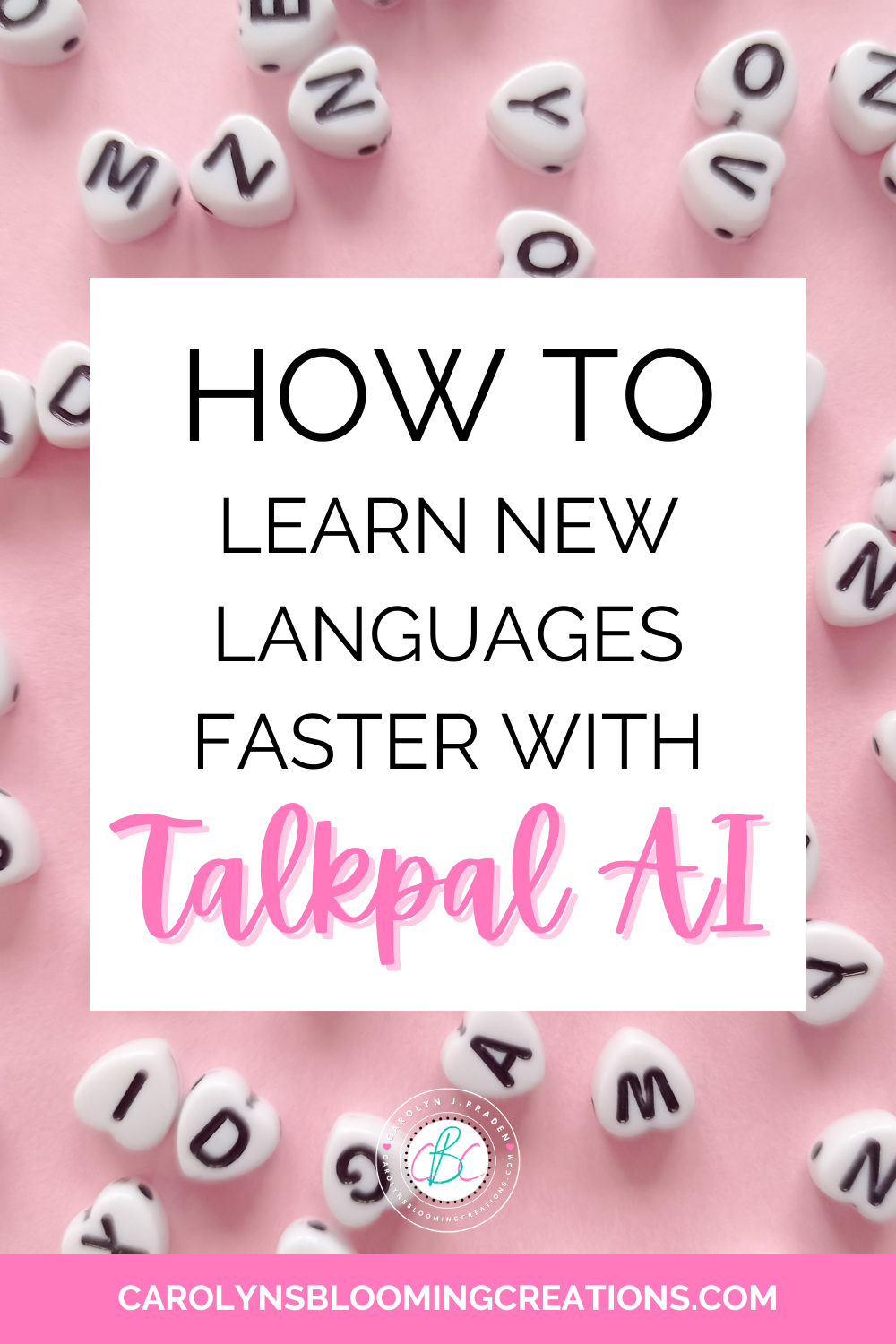Carolyn J. Braden • 3 Minute Read
As a former art teacher, I taught many students with special needs. They came to my classroom or I went to theirs to make sure they were included as they deserve the same education as any child. Even my non-verbal SEN or “special education needs” students were capable of so much and they deserved the extra efforts I made to ensure they were able to participate in all my lessons.
This article was written by one of my publishing partners and I feel it is very important for everyone to read, as SEN comes in many forms in today’s world for children AND adults. All humans deserve equal education and it’s time for all to understand what this can be.
For parents of school-age kids in the 2020s, it is inevitable that we will have been in education ourselves around the turn of the century, and that our attitudes will have been influenced by the norms (and often prejudices) of that period. That influence can cut both ways, of course - we may let those norms reinforce our own beliefs, or equally we may react against them. One key element of education that divides opinion like few others is in attitudes towards special educational needs; a concept which still comes with some stigma.
SEN children must be included as any other child
It is useful, if you find yourself as a parent of a child needing special educational accommodations, to know the truth surrounding SEN. You’re going to hear more than enough speculation and hearsay, most of which is actively unhelpful for both kids and parents, so drilling down to the realities is essential. Here are some examples of lines you will hear about special education, and - where possible - the facts to debunk those lines.
Making learning accommodations is very important
Myth: If you weren’t in special education, you’ll never understand your child’s SEN
It’s common to hear people advancing the idea that you won’t be able to relate to your child’s educational experience if your own experience was different from theirs. The truth of the matter is that as time goes on, it’s getting easier to recognize special educational needs as they arise.
When packing a lunch for your child, try my heart shaped sandwich to give a little extra love and joy to their lunch. My friend’s mom did it for her when we were in grade school and I always loved seeing what shape her sandwiches would be in and I love her love notes she got from her mom too! See it below or via my YouTube channel @carolynjbraden:
What people incorrectly categorise as an “epidemic” of conditions like autism, ADHD and dyslexia is, simply, attributable to the fact that we can spot these conditions earlier; people always had them, we just didn’t know as much about them. Even if you yourself now have an ADHD diagnosis, for example, there’s a good chance it wasn’t noticed in childhood and you didn’t receive assistance for it.
Learning accommodations should be made for all
That absolutely doesn’t mean you won’t be able to follow and participate in your child’s assisted learning. It’s intended to be a collaborative process involving you, your child and their teachers, with documentation such as an IEP meeting checklist and individual learning plans to explain it. Special education won’t make it harder for you to participate in your child’s education; if done right, it will make it much easier.
Parenting a special needs child can be different, but they should be treated with equality
Myth: Special education will set your child apart from their peers
This myth absolutely misunderstands the way that SEN learning tends to be delivered, and also just how common these needs are. Depending on where you live, diagnoses of special educational needs have increased up to ten-fold even in the last twenty years, and even more so compared with the end of the 20th century. Most special education is delivered in the same classroom as your child’s peers, and there’s a good chance that they will be one of several children receiving it.
Education is done in school but must be done at home too
Let’s not pretend there are never problems with some kids taunting others - this can happen for any reason and for none - but the stigma that certainly did surround SEN a generation or two ago has dissipated significantly and there’s no reason for it to take a social toll.
Myth: Special education now means a child is marked for life
It’s not uncommon for parents to catastrophise when they hear that their child needs help in their everyday education. The recognition of differences in a child’s formative years can easily lead us to believe that those differences will become more pronounced as they grow.
The truth of the matter is that by implementing special education early on, the difficulties which it is designed to mitigate will be less influential as time goes on. The timeframe for which this assistance is needed will depend very much on the child; but there is no reason to assume that they will indefinitely need assistance.
Art is a great subject to teach to SEN students because it can be associated with all subjects too
Of course, any parent simply wants to know that their child will have the smoothest path possible. That’s not a feeling that goes away, obviously! You’re not going to stop wanting things to be easier for them; not when they move from primary to secondary education, nor when they move from childhood to adolescence to adulthood.
The best way to ensure that they have that smooth path is to embrace their needs at this stage, and advocate for them as time goes on. That will mean collaborating in their SEN pathway and monitoring how they feel about it more than anything. Just like non-SEN education, SEN offers different experiences to each and every child who experiences it. There’s no one path that is common to every child, but the opinions that you hear (from people who often should no better) are not something on which to base your expectations.
If you loved this article, we know you’ll love this one too: How To Start the School Year Right From a Former Teacher
Carolyn J. (C.J.) Braden is the owner of Carolyn’s Blooming Creations is a regular contributor and editor for CBC. She has been featured in numerous media publications such as InStyle Magazine, on HGTV, on Bustle.com, and more. She is the author of the books Georgia McMasters in Amethyst Lake Cemetery, How To Be Yourself: 3 Ways To Help You Being You, and the illustrator for the children’s book Bridging Connections. She is a former classroom teacher that now dedicates her life to educating others on how to live their most healthy, creative and happy life. Learn more about her visiting our About Us page.
This is a collaborative post and may contain affiliate links. All opinions and ideas expressed in this post, however, are based on my personal point of view.






































